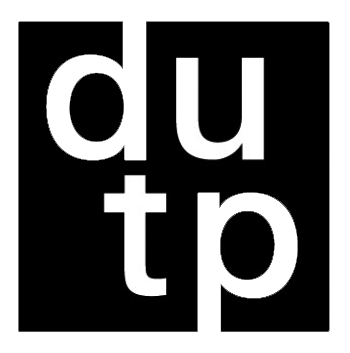Metropolization in the coast territory: A spatial analysis on the axis Itajaí-Florianópolis-SC
DOI:
https://doi.org/10.5821/siiu.12773Abstract
The state of Santa Catarina, Brazil, has its largest urbanization on the Atlantic slope, consisting of independent river basins that flow to the coast. The development of relatively close cities and complementary economic activities consolidated a multipolarized urban network. In this context, the Itajaí-Florianópolis axis has witnessed an accelerated demographic growth, due to the various economic activities then present (industry, commerce, services, logistics, etc.) which are added to the tourist activities of the last decades. Based on these questions, the article carried out a spatial analysis of this area, from a historical perspective of urban growth in the coastal territory of Santa Catarina. It sought to understand how the pre-existing urban fabric is articulated with recent urban structures, originated from a model of tourism urbanization. The analyzes showed that the Itajaí-Florianópolis axis presents a movement towards metropolization along the main highway that connects the Santa Catarina urban network, the BR-101.
Keywords: metropolization, tourism urbanization, coastal territory, Itajaí-Florianópolis axis.
Downloads
Published
Issue
Section
License
Copyright (c) 2024 Creative Commons

This work is licensed under a Creative Commons Attribution-NonCommercial-ShareAlike 4.0 International License.
Aquellos autores/as que tengan publicaciones con esta revista, aceptan los términos siguientes:
- Los autores/as conservarán sus derechos de autor y garantizarán a la revista el derecho de primera publicación de su obra, el cuál estará simultáneamente sujeto a la Licencia de reconocimiento de Creative Commons CC BY-NC-ND- 4.0 que permite a terceros compartir la obra siempre que se indique su autor y su primera publicación esta revista, pero no se pueden cambiar ni se pueden utilizar comercialmente.
- Los autores/as podrán adoptar otros acuerdos de licencia no exclusiva de distribución de la versión de la obra publicada (p. ej.: depositarla en un archivo telemático institucional o publicarla en un volumen monográfico) siempre que se indique la publicación inicial en esta revista.
- Se permite y recomienda a los autores/as difundir su obra a través de Internet (p. ej.: en archivos telemáticos institucionales o en su página web) antes y durante el proceso de envío, lo cual puede producir intercambios interesantes y aumentar las citas de la obra publicada. (Véase El efecto del acceso abierto).











